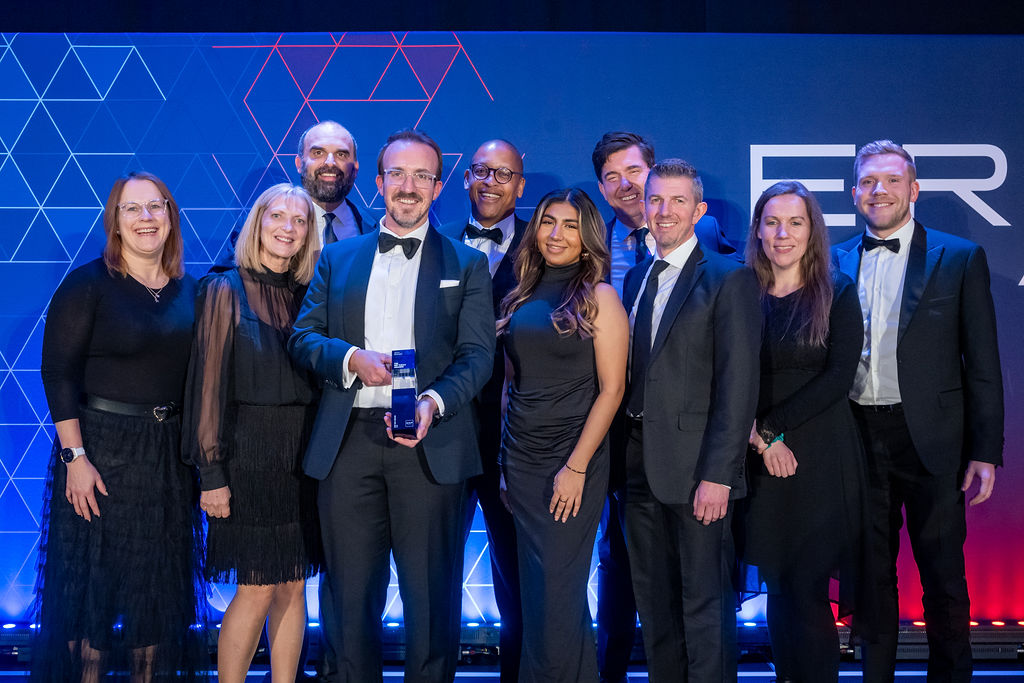SAP customers, like most businesses, were forced by the pandemic to make radical changes to their working culture. Remote delivery was often the only option for organizations in the middle of important SAP projects. Yet as the pandemic fades from view, this has remained a popular way of doing things.
While we can’t deny there are benefits to remote project delivery, it’s also important to recognize the circumstances where an in-person, on-site implementation is more beneficial. With this, many organizations are recognizing that a hybrid approach is the best way to go.
“All change” for project delivery
The pandemic hit different organizations in different ways. In some industries, relatively large numbers of employees already had the experience of working from home for part of the week. That made the sudden pivot to work from home less traumatic. It was a more abrupt change for other organizations, which had never dreamed they’d have to support mass home working.
But the interesting thing from an SAP perspective is that even during this period of tremendous uncertainty and workplace change, there was a desire to keep projects ticking over. In fact, UK and Ireland SAP User Group (UKISUG) figures from 2020 revealed that only 30 percent of organizations had their SAP S/4HANA migration plans delayed by the pandemic. In many cases, the unplanned downtime meant project timelines accelerated, since IT teams had more bandwidth to focus on them. It also played into a board-level pursuit of digital transformation at a time when some companies were digitizing activities 20 times faster than the norm.
Embracing the hybrid era
Some organizations implemented SAP for the first time during the pandemic, which was done fully remotely, often because there was no other choice. But increasingly, there’s an expectation, even today from those just starting their journey with SAP, that everything should be done remotely.
While everything can certainly be done remotely, it’s not always the best option. Early on in a project, it’s important to build strong relationships with implementation partners, which is often best done face to face. Those initial discovery activities where individuals need to be aligned around project direction are also best achieved in person, especially for larger projects. For example, the explore or blueprint elements of the design phase tend to be easier when customer and partner work together on site. And when there are difficult conversations to be had or whiteboarding design sessions where options are communicated to the customer, it helps if both parties are sitting down together. For new SAP customers, keeping things in person can reduce risk and accelerate project delivery.
That’s not to say remote project delivery shouldn’t be part of the mix. For example, it can be handy for mature SAP customers requiring incremental updates. In these cases, most activities can be done in a distributed way without any negative impact on risk or delivery. Remote delivery can also help to reduce costs, and it’s something experienced consultants can do easily today without compromising on quality, even if they’re working with multiple customers remotely at the same time.
Tapping sustainability benefits
It’s not just costs that can be kept down with remote project delivery. Teams can also reduce carbon emissions due to fewer miles traveled or fewer hotel bookings. This matters since sustainability is increasingly high on the agenda. Our research has found that 76 percent of SAP user organizations claim ESG has become “a lot” more important in the past 12 months and 87 percent have related goals/KPIs.
That said, it’s important to start any remote engagement off on the right foot. Organizations must consider which collaboration tools to use for whiteboarding, ideation and recording meetings. Teams also need to build rigor and structure into remote meetings, just as if they were held face to face.
Accelerating into the future
Digital transformation continues to accelerate among SAP user organizations. Research from 2022 shows that 89 percent of UKISUG members are currently using or planning to use S/4HANA, up from 74 percent in 2021. There’s no room to slow down in the drive for greater efficiencies and the push to net-zero. That means organizations looking to optimize outcomes must think more clearly about who they want to partner with and how projects should be delivered.
To hear more on this subject, check out UKISUG’s recent SUGTalks podcast.




